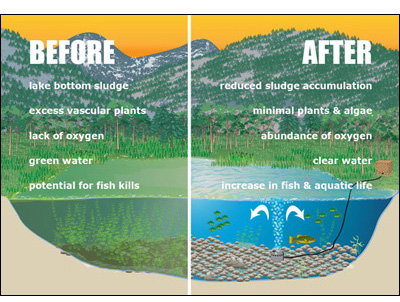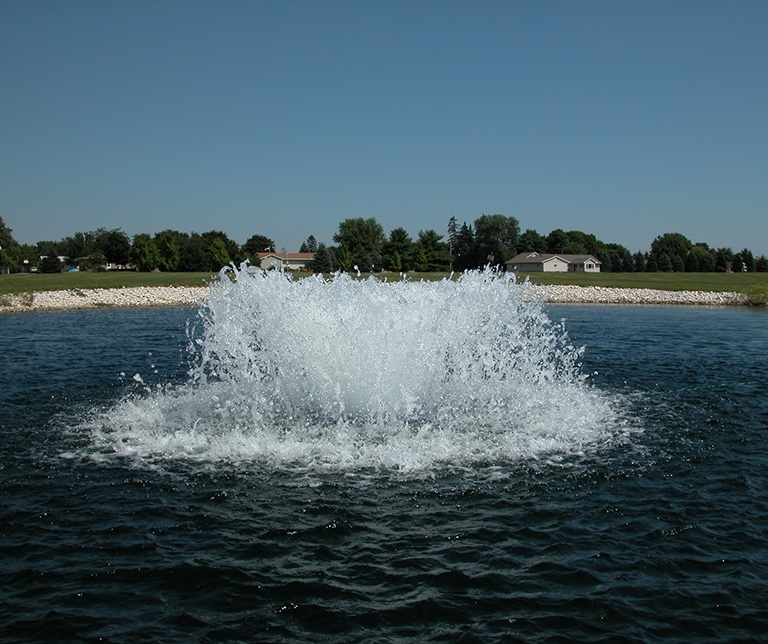Lake Restoration Community
There are many methods for lake restoration. These approaches are designed to restore the waterbody back to its natural state, so that it is suitable for fishes or plants. To achieve this, they use both exterior and interior methods. They employ improved wastewater treatment methods inside, which reduces external nutrient. To stop groundwater levels from declining, they use methods like sediment removal. However, this isn't a quick solution for lake problems.



